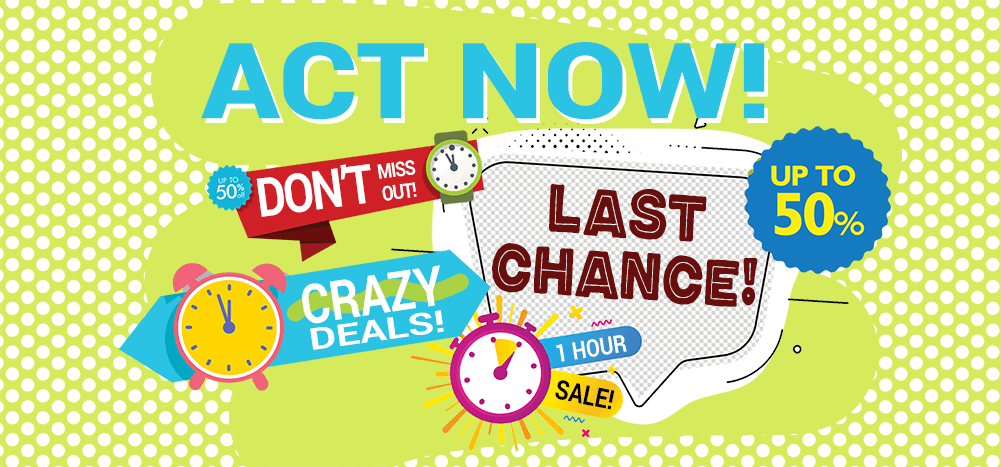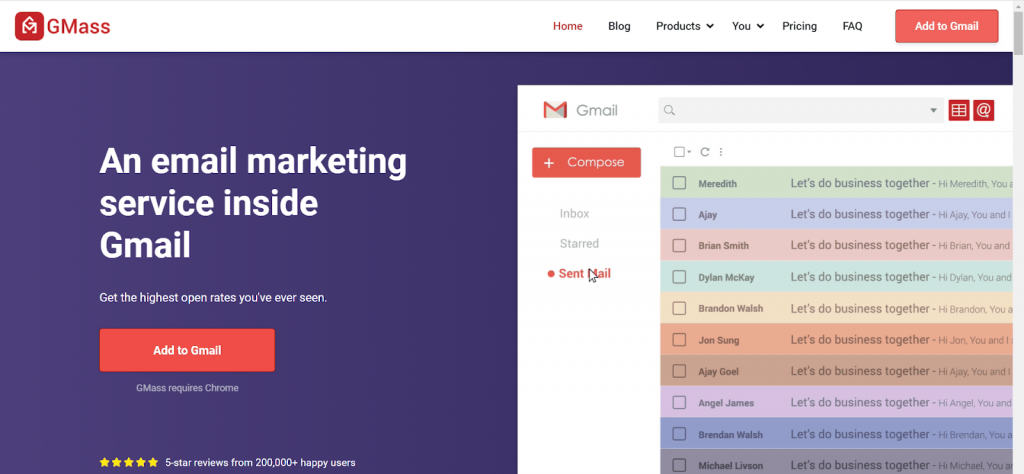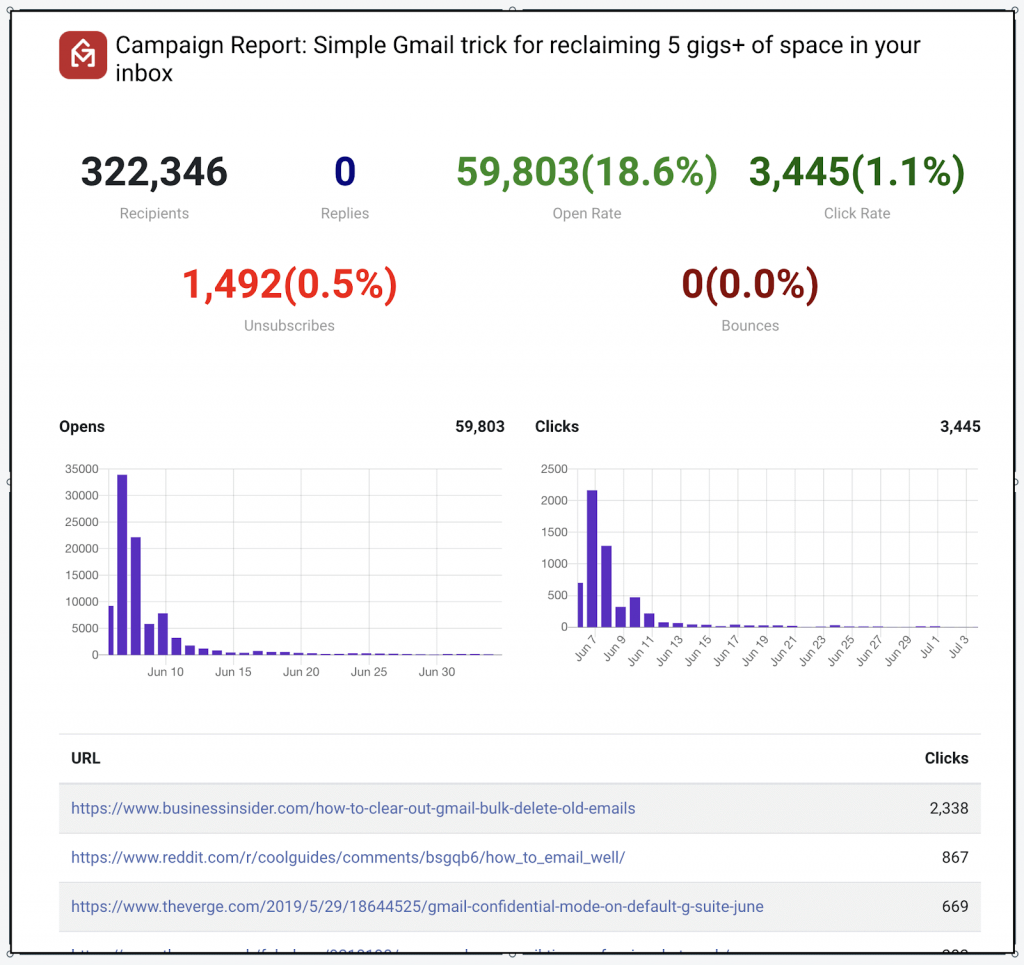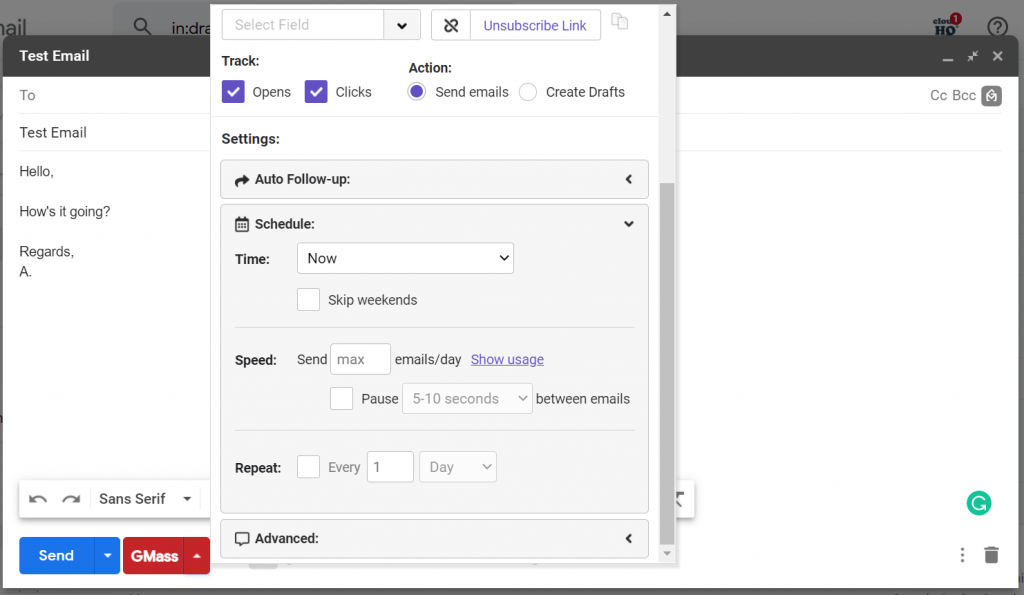
Hard selling is a sales approach that uses straightforward and typically aggressive tactics to make a quick sale. And while it’s an established sales technique, a shift in customer preferences has made hard selling useful in only limited situations.
But before we get into that, let’s first cover what the hard sell is and its key advantages and disadvantages. Then, I’ll discuss four tips on how to implement the hard-sell technique in 2025.
This Article Contains:
(Click on a link to jump to the specific section.)
- What is the Hard Sell?
- 3 Key Benefits of Using a Hard-Sell Approach
- 3 Major Limitations of a Hard-Sell Approach
- When to Use a Hard Sell
- 4 Simple Tips to Successfully Implement a Hard-Sell Approach
Let’s dive in, shall we?
What is a Hard Sell?
A hard sell is a direct sales approach where you persuade the prospect to buy your offer as quickly as possible. This aggressive sales technique uses sales tactics like repeated cold calls and cold emails to reach prospects.
How is a Hard Sell Different From a Soft Sell?
Hard selling uses a strong sales pitch that attempts to push the product or service onto the prospect, and it “doesn’t take no for an answer.”
By comparison, a soft-sell tactic is a subtler, gentler approach to selling. You subtly persuade the potential customer by providing value-adding content throughout the buyer’s journey, leading them toward a purchase decision in their own time rather than pressuring them to buy now.
Want to know more about the soft sell approach?
Read my comprehensive guide on how to master the soft sell.
Several other characteristics separate a hard sell from a soft sell, such as:
- Hard sellers will attempt to provoke the buyer, flatter them, or leverage their fear of missing out to make the prospective buyer feel like purchasing the product or service now is a smart decision. This is similar to how an old-school car salesman would position an offer.
- A hard-sell product demonstration tends to be characterized by lots of enthusiasm, intended at getting the customer excited about the product. It will often have lots of facts and figures designed to overwhelm the prospect with the benefits of making a purchase.
- Hard-sell advertising typically contains forceful, in-your-face slogans and graphics designed to grab the buyer’s attention.
Although hard selling has fallen out of favor with most sales professionals due to changing customer preferences, this sales approach still offers several advantages.
3 Key Advantages of Using a Hard-Sell Approach
Let’s take a look at four key reasons why a hard sell tactic still works:
1. Creates a Sense of Urgency
Hard selling is all about creating a sense of urgency and a need for quick action.
Since a hard-sell approach puts pressure on the potential buyer, they’re much more likely to buy the product without too much delay.
2. Much More Straightforward and Saves Time
Some leads may find the idea of a hard sell off-putting.
However, adopting such a straightforward sales approach can actually be a bonus for other buyers who have already made a purchasing decision.
Why?
If you have customers ready to purchase the product, they probably won’t want to spend more time thinking about it or having more meetings with the sales rep.
Some salespeople may also argue that a hard-sell tactic is more time effective. Without having to spend too much time nurturing a lead, you can sell more in less time.
3. Easy to Replicate and Implement
The soft-sell approach involves subtle persuasion. A soft seller needs to have the skills to understand each prospect’s pain points and then tailor the pitch to their particular needs.
However, a hard sell takes a more one-size-fits-all approach. This makes it much simpler to replicate and implement than a soft sell, making it easier and faster to train new sales reps.
3 Major Limitations of Using a Hard Sell Approach
While sales reps can use hard selling today, there are several downsides associated with this sales tactic. Some of these limitations include:
1. Can Alienate Prospects
A hard-sale approach can alienate prospects who find the aggressive technique unpleasant. The high-pressure nature of hard selling can overwhelm customers to the point where they dismiss the sales pitch or move away from the product altogether.
2. Typically Not Suitable for Repeat Sales
Another downside associated with hard selling is the lack of repeat purchases.
Hard selling forgoes building trust between the businesses and the customer. As a result, customers often have no emotional connection to the brand and will be more open to exploring alternate options.
3. Less Effective During Periods of Economic Decline
A hard-sell approach may be particularly ineffective during times of financial difficulty. Counterintuitively, it works better in times of abundance.
For example, most people don’t plan on purchasing products or services during an economic recession. In such cases, businesses may find that a hard-sell approach is much less effective than a soft sell.
Although hard selling may be less practical in such situations, there are specific times where hard selling can be particularly effective.
Let’s have a look at some of those situations.
When to Use a Hard Sell Approach
Despite having several disadvantages, there are two situations where a direct sales approach like the hard sell will have a greater chance of success.
1. Low-Ticket Cost
One scenario where hard selling may be particularly effective is when you’re selling low-cost products. Encouraging your prospect to make an immediate decision is far easier when there is a low purchase cost as it’s typically low-risk for them.
Additionally, since the monetary value of a conversion is low here, it doesn’t make sense to waste too much time trying to convince a lead to make a purchase.
2. Clear Need
Another situation when hard selling is effective is when the prospect’s need or pain point is clear. For example, if the prospect is in urgent need of a replacement for a faulty product, they are less likely to spend too much time considering alternative solutions.
However, to make your hard-sell approach that much more effective, it’s essential to keep in mind that you shouldn’t be too aggressive.
Why?
Being aggressive can come off as rude and pushy to the prospect, which can damage both your personal and your company’s reputation.
That said, let’s take a look at some practical tips on how to implement a hard-sell method effectively.
4 Simple Tips to Successfully Implement a Hard-Sell Approach
Implementing a hard-sell sales approach is a little easier than a soft-sell approach since it’s far more direct and shorter.
Here are four tips that can help maximize your chances of successful hard selling:
1. Ensure You Know the Product or Service Well
As a hard-sell sales professional, you need to know all of your product or service details to serve the prospect best and close the sale.
Why?
Compared to soft selling, hard selling focuses more on the individual seller than on a larger sales process — this means that the sales rep has a greater impact on whether a prospect decides to buy or not.
That’s why you need to be well-versed with your product details and how each feature can help solve each prospect’s particular problems to make a successful sale.
2. Hire the Right Type of Salesperson
Hiring the right type of salesperson is essential for a hard-sell tactic.
You need people who are confident and work well under pressure. And part of that involves thinking on your feet and adjusting your sales pitch to what the prospect is saying.
Having an assertive nature is another important trait for hard selling.
Your sales rep needs to have the energy and confidence to present the offer quickly and ask for the sale. They should also be able to address objections confidently.
3. Create High Quality, Persuasive Content
As hard selling emphasizes quick decision-making, you need relevant content that targets your audience and backs up your sales pitch.
You need to leverage high-quality marketing materials, such as case studies and customer testimonials, in your hard-sell tactic. This will make it much easier to convince your potential customer to buy your product or service.
But how do you find content that appeals to your customers?
A great way to determine the type of content you should use is to analyze site usage and traffic sources to see where your visitors are going.
Speaking to advertising partners can also help you understand how prospects react to your content.
You should also ensure your hard-sell content contains a solid call to action, such as “limited time only,” “don’t miss out,” or “buy now before it’s too late.” This helps bring in the immediacy that’s essential in a hard-sell approach.
4. Leverage Email Marketing
Email marketing is a fantastic way to generate sales when you use the hard-sell approach.
How?
Remember, hard selling is all about taking a direct approach to selling your product or service. An email is a time-effective and direct sales approach that’s easy to replicate, making it the ideal communication method when you can’t meet with the person.
Moreover, email allows you to make a direct sale, which isn’t something that social media marketing or content marketing can necessarily do.
But what should you include in a hard sell email?
Since the idea is to have the prospect move through your sales pipeline as quickly as possible, there are a few points you could include in your emails to help with this.
Here are some tips to consider:
- Ask your prospect if they would like an initial sales consultation.
- Encourage them to visit your website.
- Ask if they would like a quote.
Now that we’ve covered what to include in your hard-sell emails, you need a powerful way to deliver those emails.
In other words, you need GMass.
What’s GMass?

GMass is a powerful email marketing tool that works directly inside Gmail and can help drive sales.
Its features have made it popular among employees in tech giants like Uber and Google and workers at social media platforms like Twitter and LinkedIn. GMass is also an excellent tool for SMBs, salespersons, and solopreneurs.
Here’s a quick overview of GMass’ key features:
1. Automatic email personalization
Personalizing your emails is essential, irrespective of which sales tactic you use.
Why?
Because everyone wants to be viewed as an individual and doesn’t want to see generic, mass-created emails. The problem is, personalizing every email could take forever.
Fortunately, GMass lets you add personalized links, images, attachments, and even entire paragraphs.

2. Powerful email list builder
Being a sales rep means you likely have several emailing lists for various customers at different stages of the buyer’s journey. With GMass, you can quickly build large, segmented emailing lists with minimal effort.

3. Detailed email analytics
Having access to detailed reports and analytics is vital in determining whether your hard selling emailing efforts pay off for you. To help with this, GMass automatically creates a Campaign Report highlighting metrics like bounces, opens, clicks, unsubscribes, and other metrics that you’ll love.

4. Automatic follow-ups
Chances are that you’ll have a chunk of prospects who won’t reply to your first email. All you need to do is follow up.
Fortunately, with GMass, you can automatically send follow-up emails to maximize your engagement and encourage your prospects to make a purchase.

5. Email scheduling
Ensuring that your email arrives in the recipient’s inbox at the right time is crucial to making the most out of your sales and marketing efforts. GMass can help you here, too.
Simply compose your emails and schedule them to be sent at the desired date and time, and GMass handles the rest.

Wrapping Up
Hard selling can still be a very effective sales technique, provided that the situation calls for this approach.
To maximize the impact of your hard-selling efforts, consider using a powerful email marketing tool like GMass to quickly and efficiently reach lots of potential customers.
With GMass, you can send out mass personalized emails, set up follow-ups, track your email performance, and so much more.
So why not try GMass today and overhaul your hard-selling approach?
Email marketing, cold email, and mail merge all in one tool — that works inside Gmail
TRY GMASS FOR FREE
Download Chrome extension - 30 second install!
No credit card required










